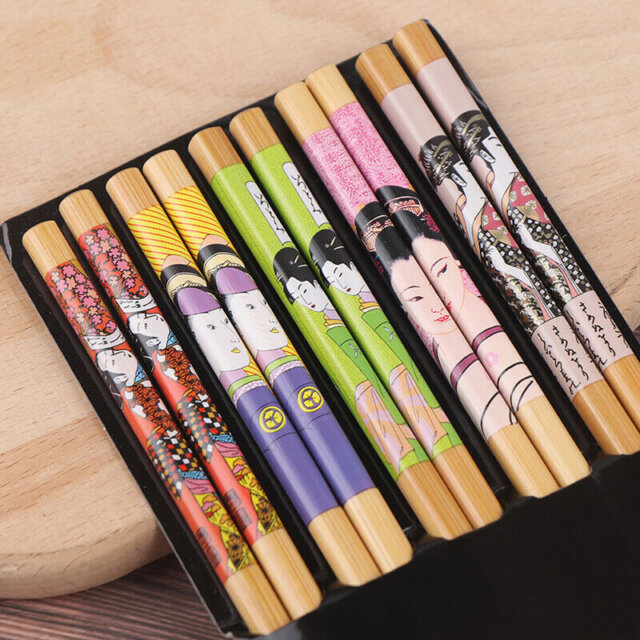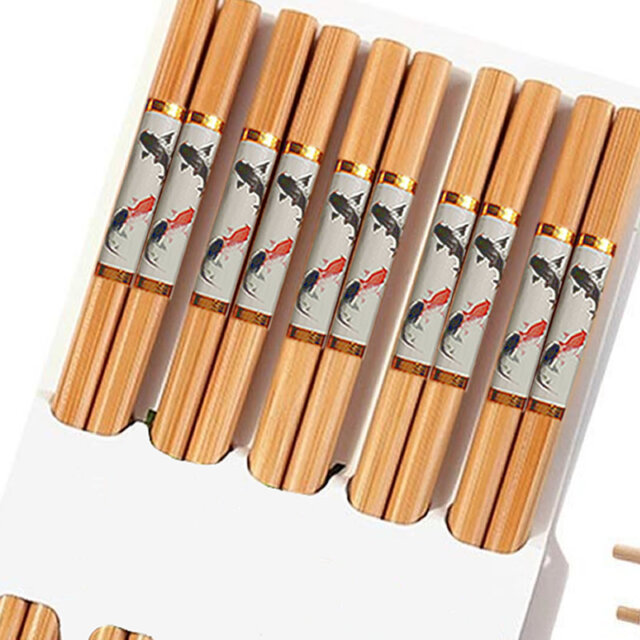Japanese style tableware is known for its beauty and unique design, and proper product care along with cleaning can help to ensure that it remains in good condition for a long time. In this guide, we will provide you with basic instructions on how to clean and maintain your Japanese style tableware. We will cover cleaning instructions for melamine products, ABS products with a painted finish, wooden products with a Urushi finish, ceramic items, and cast iron.
Product Care Information
- Melamine products: Melamine products are durable and easy to clean. To clean melamine products, simply wash them with warm, soapy water and a soft sponge or cloth. Rinse the product with water and dry it with a clean cloth. Avoid using abrasive cleaners or steel wool, as they can scratch the surface of the melamine product.Our melamine tableware is durable and designed to withstand standard residential dishwasher settings, offering easy maintenance without compromising its color or finish. When labeled as “dishwasher safe,” it is safe up to a maximum temperature of 70°C. Exceeding this temperature, such as in high-heat commercial dishwashers, may cause warping or surface cracks, so we recommend using only residential or lower-heat settings.Please note that “dishwasher safe” does not cover impact-related damage. To prevent chipping or cracking, arrange items securely to avoid contact with other dishes or utensils. Additionally, melamine is not microwave safe. With proper care, your melamine tableware can retain its quality and functionality for years to come.
- ABS products with a painted finish: ABS products with a painted finish are delicate and require gentle cleaning. These products should not be put in the dishwasher and should not be cleaned with abrasive cleaners, as the painted design may get damaged. To clean ABS products with a painted finish, use a soft, damp cloth with mild soap and water. Gently wipe the product and then rinse it with water. Dry the product with a clean cloth.
- Wooden products with a Urushi finish: Wooden products with a Urushi finish are beautiful and require special care to maintain their appearance. To clean these products, use a soft, dry cloth to remove any dust or dirt. If the product becomes dirty, use a damp cloth with mild soap and water to gently clean it. Avoid using abrasive cleaners or soaking the product in water, as this can damage the Urushi finish. After cleaning, dry the product with a clean cloth and store it in a dry place.
- Ceramic items: Ceramic items are delicate and require gentle cleaning to avoid chipping or cracking. To clean ceramic items, use a soft, damp cloth with mild soap and water. Gently wipe the product and then rinse it with water. Dry the product with a clean cloth. Avoid using abrasive cleaners or scrubbing the product with a rough sponge or brush.
- Cast iron: Cast iron products are durable and long-lasting, but they require proper maintenance to avoid rusting. To clean cast iron products, use a soft, damp cloth with mild soap and water. Gently wipe the product and then rinse it with water. Dry the product with a clean cloth. To maintain the product’s seasoning, apply a thin layer of vegetable oil to the surface of the cast iron after cleaning and drying it.
- Wooden Chopsticks: To clean wooden chopsticks, hand wash them with warm, soapy water. Rinse thoroughly with water and dry them with a clean towel. Avoid leaving them soaking in water for an extended period of time, as this can cause the wood to warp or crack. You can also apply a small amount of mineral oil to help keep them in good condition.
- Japanese Furoshiki Cloth: To clean a Japanese Furoshiki cloth, hand wash it with mild detergent in cool or lukewarm water. Avoid using bleach or fabric softeners. After washing, gently wring out the excess water and hang the cloth to air dry.
- Bamboo Matcha Tea Sets: To clean a bamboo matcha tea set, wipe it down with a damp cloth. Avoid using soap or harsh detergents, as these can damage the bamboo. After wiping, allow the set to air dry completely before storing it away.
- Wooden Sushi Trays: To clean wooden sushi trays, product care for this item is important as it is a wooden item which is biodegradable. Wipe them down with a damp cloth. Avoid soaking or using abrasive cleaners, as these can damage the wood. After wiping, allow the tray to air dry completely before using it again.
How To Clean Bamboo Placemats

Maintaining the pristine appearance of your bamboo placemats can be effortless with the proper care and cleaning routine. To ensure the longevity of your placemats, avoid using abrasive materials or harsh chemicals that may cause damage to the bamboo fibers. Instead, use a mild soap and a damp cloth to wipe down the surface. Once you have cleaned the placemats, let them air dry entirely before storing them. Avoid folding them to prevent any potential damage or warping. It is best to store bamboo placemats flat or rolled up for safekeeping. Following these simple steps can help keep your bamboo placemats looking brand new for years to come, adding a touch of elegance and sophistication to your dining table.
How To Clean Cotton/Linen Placemats

Cotton linen blend placemats with printed designs can add a beautiful touch to your dining table. Proper care and cleaning can help extend the life of your placemats and maintain their vibrant colors and patterns. To clean your cotton linen blend placemats, start by shaking off any loose debris. Then, spot clean any stains with a mild detergent and warm water, using a soft-bristled brush if necessary. Avoid using bleach or harsh chemicals that can cause discoloration or damage to the fabric. After spot cleaning, hand wash the placemats in cool water, and then hang them up to air dry. Avoid using a dryer, as this can cause shrinkage or damage to the printed design.
How To Clean Wooden Masu Cups

A Masu Cup made of Japanese Cypress is a traditional and elegant way to serve drinks and spirits in Japan. When cleaning, avoid using soap or detergent, as these can strip the natural oils from the wood and cause it to dry out. Instead, simply rinse the cup with warm water and gently wipe it down with a soft cloth. This will help remove any residual liquid or particles from the cup without damaging the delicate wood fibers. Once cleaned, make sure to allow the cup to air dry completely before using it again. This will help prevent any mold or mildew from forming on the cup’s surface. Additionally, it is important to store your Masu Cup properly to avoid any damage or warping. Store the cup in a dry and cool place away from direct sunlight or heat sources.
How To Clean Wooden Sushi Oke

A Wooden Sushi Oke is a traditional and essential tool used in sushi preparation in Japan. It is crucial to clean and maintain the wooden sushi oke to prevent any bacterial contamination and ensure its longevity. When cleaning, avoid using abrasive cleaners or soaking the oke in water, as this can damage the wood’s natural fibers. Instead, wipe the oke down with a damp cloth to remove any food particles or debris. Make sure to dry it thoroughly with a clean towel or cloth to avoid any excess moisture that may lead to warping or cracking of the wood. Also, avoid exposing the oke to direct sunlight or high humidity as they damage the wood. Store the oke in a dry and cool place to prevent any bacterial growth.
Conclusion
Proper cleaning and maintenance of Japanese style tableware can help to ensure its beauty and longevity. Always follow the manufacturer’s instructions for specific cleaning and maintenance guidelines for each product. With these basic cleaning instructions, you can keep your Japanese style tableware looking great for years to come.



